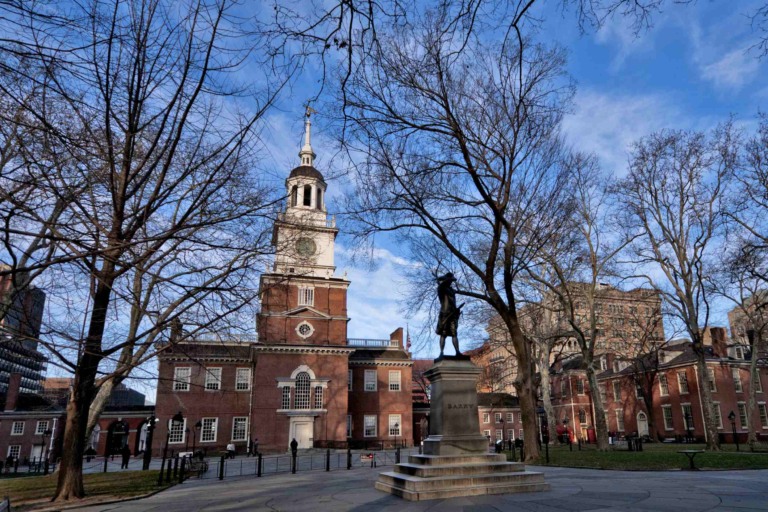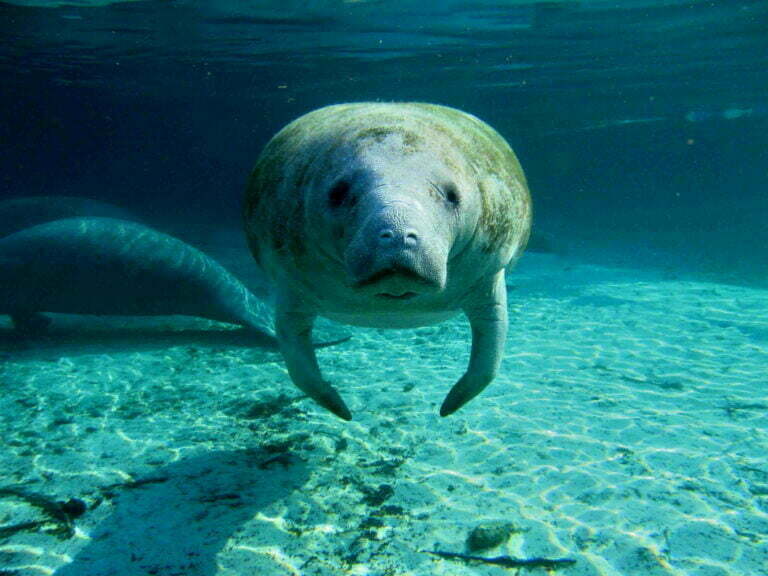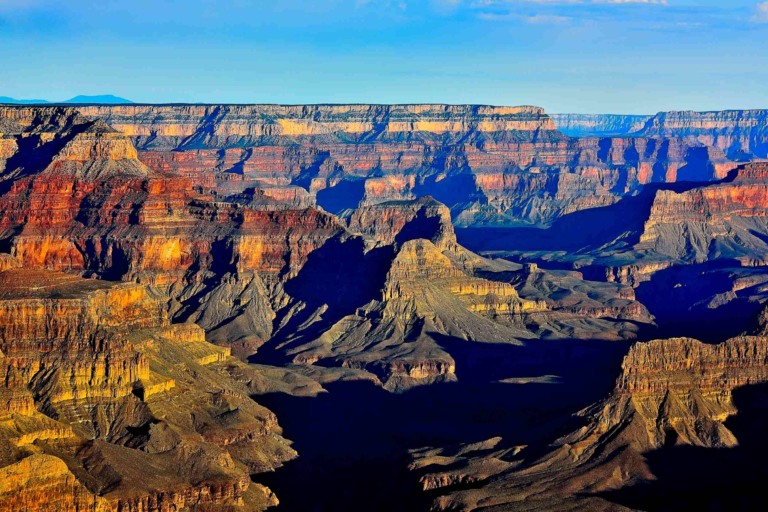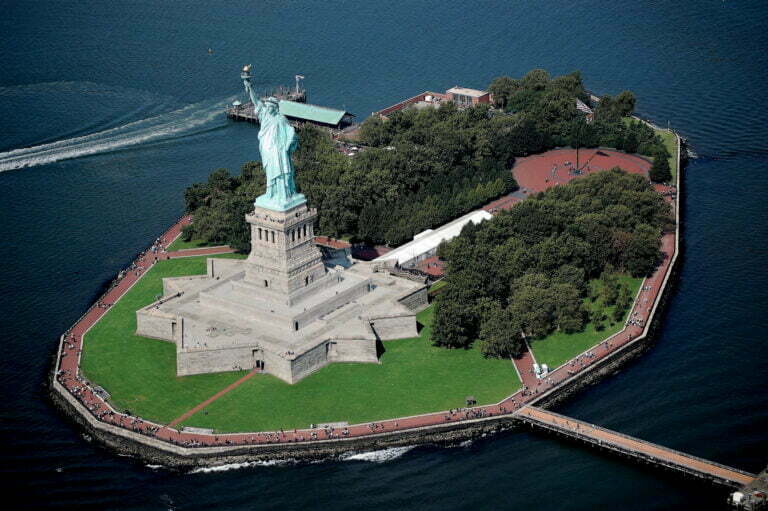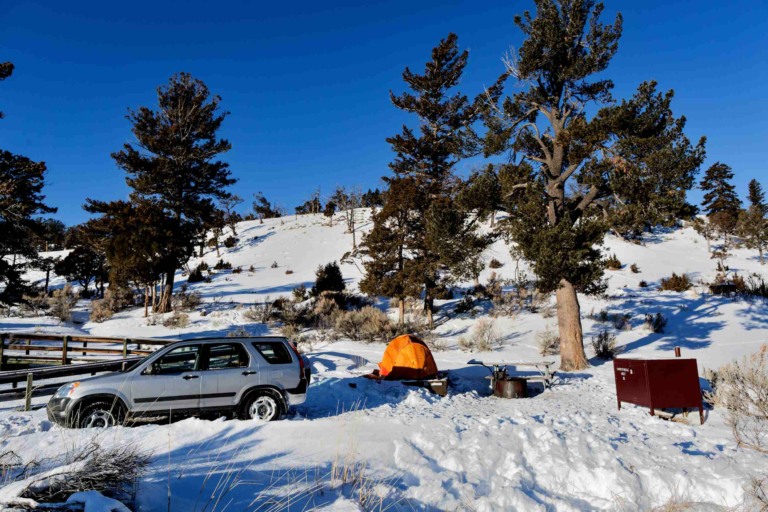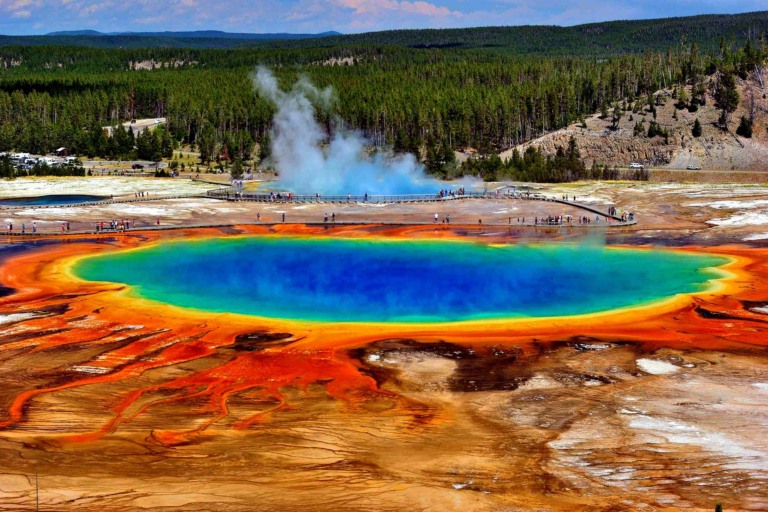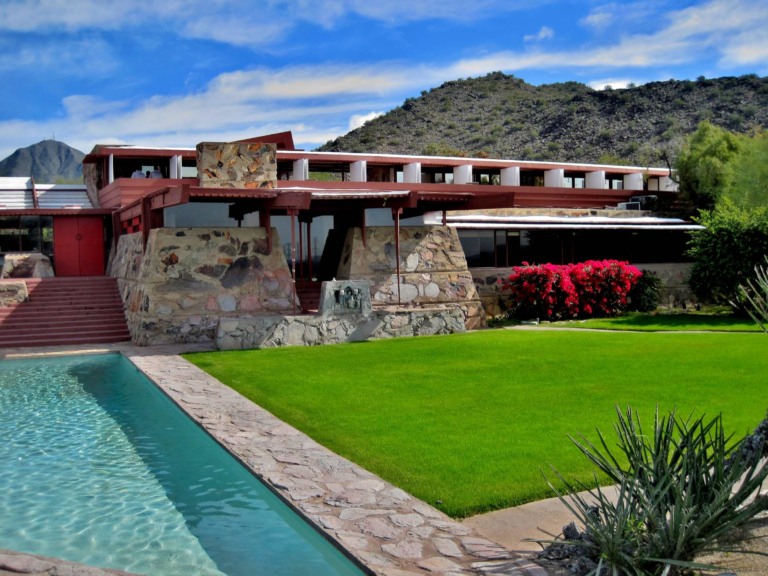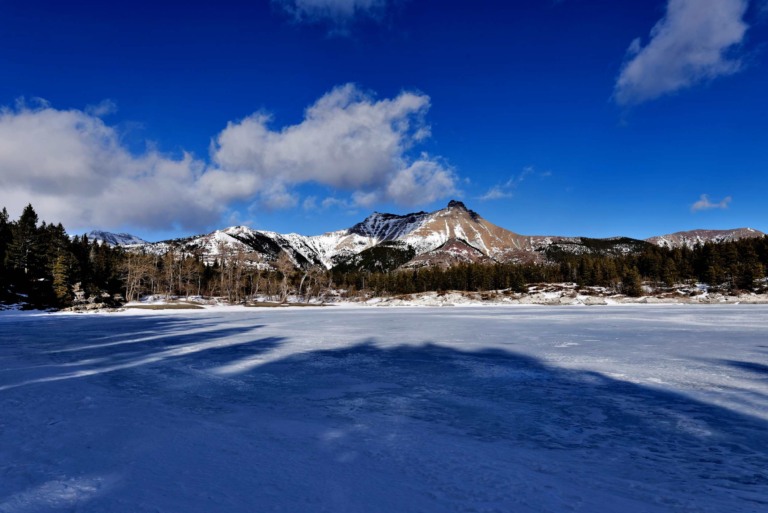Hopewell Culture Ceremonial Earthworks
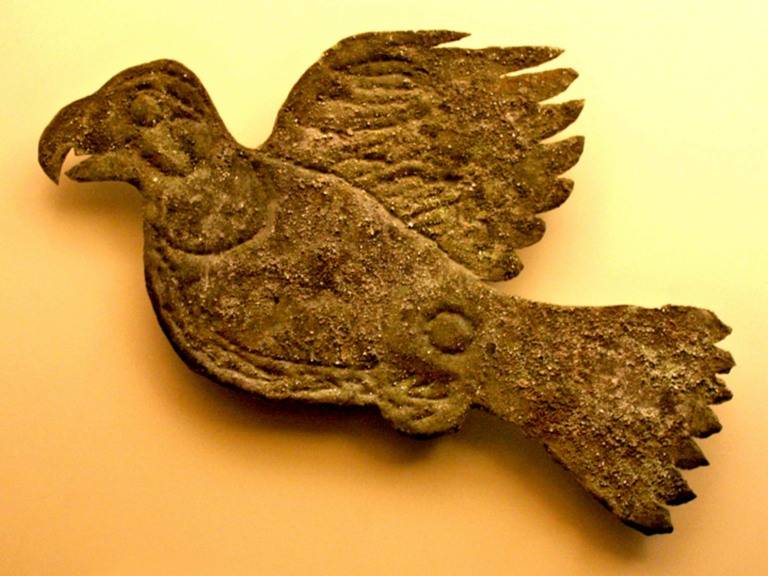
The Hopewell Culture is an ancient Native American cultural phenomenon that thrived in the Ohio region of the United States. This culture, which emerged between 100 BCE and 500 CE, is known for its distinctive earthworks, elaborate burial mounds, and extensive trade networks that spanned across much of eastern North America. The Hopewell people are named after the owner of a farm near Chillicothe, Ohio, where the first Hopewell site was excavated in the 19th century. The Hopewell people are also renowned for their elaborate burial practices. They constructed burial mounds, often in the shape of conical mounds, which contained rich grave goods, including exotic materials like copper, mica, shells, and rare artifacts. The meticulous construction of these mounds and the items buried within them suggest complex ceremonial and religious practices. Some mounds, like those at Mound City in Ohio, contained burial chambers with multiple individuals.
